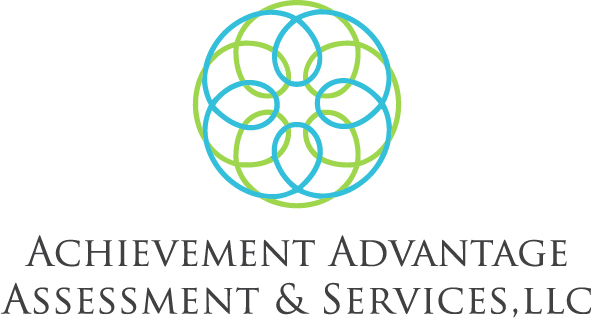Now that we have discussed what structured literacy is, this week we are going to focus on a specific program, the Wilson Reading System. This program is commonly used in northeast Ohio, and it is the program our school psychology practice uses.
The Wilson Reading System
The Wilson Reading System is an intensive reading intervention that is based on Orton-Gillingham principles. It can be used with individuals who are in the 2nd grade or higher who have significant basic reading skill deficits and are not making appropriate progress with reading decoding and/or spelling skills. This often includes students who have been identified as having a specific learning disability in reading and those diagnosed with dyslexia. This program uses a systematic approach to directly teach students the structure of the English language, including syllable types, morphology, sight words, vocabulary, and reading and listening comprehension skills. As students work their way through a highly structured program, they become better able to fluently decode and spell words. It is recommended that students receive hour-long tutoring sessions at least twice a week.
To teach the structure of the English language to students who are not making adequate progress with their current reading intervention, need more intensive literacy instruction, and/or have a language-based learning disability (like dyslexia), every lesson includes instruction in:
Phonemic Awareness
Decoding and Word Study
Sight Word Recognition
Spelling
Fluency
Vocabulary
Oral Expressive Language Development
Comprehension
Level I Wilson Reading System Certification
Wilson certification is a very rigorous process. Tutors with Level I Certification have successfully completed training for the first half of the Wilson Reading System program (Steps 1-6). Training includes attending workshops, in-person and on-line classes, and a practicum. Through all of this theoretical and practical training, instructors learn about phonology, orthography, morphology, reading fluency, vocabulary, and reading comprehension in great detail. Wilson refers to professionals who have completed this level of certification as Wilson Dyslexia Practitioners.
Level II Wilson Reading System Certification
Those who have completed the Level I Certification may choose to continue their education by getting Level II certified. Educators with Level II Certification successfully complete workshops, on-line courses, a practicum with an individual student working on steps 7-12, and a practicum with a group of students. This training provides a greater understanding of the Wilson Reading System. Wilson refers to professionals who have completed this level of certification as Wilson Dyslexia Therapists.
How to Choose a Provider
When looking for a provider, it is important to work with someone who has been certified in the Wilson Reading System to ensure that they are following the program as intended (with fidelity). They should also have availability to meet with your student for hour-long sessions at least twice per week. While some individuals may have some familiarity with the program, the certification process is very rigorous, so you can be sure that the professional you are working with has both the theoretical understanding and practical experience to provide Wilson Reading System intervention effectively.
Join us next week as we move from basic reading skills to reading fluency interventions.

